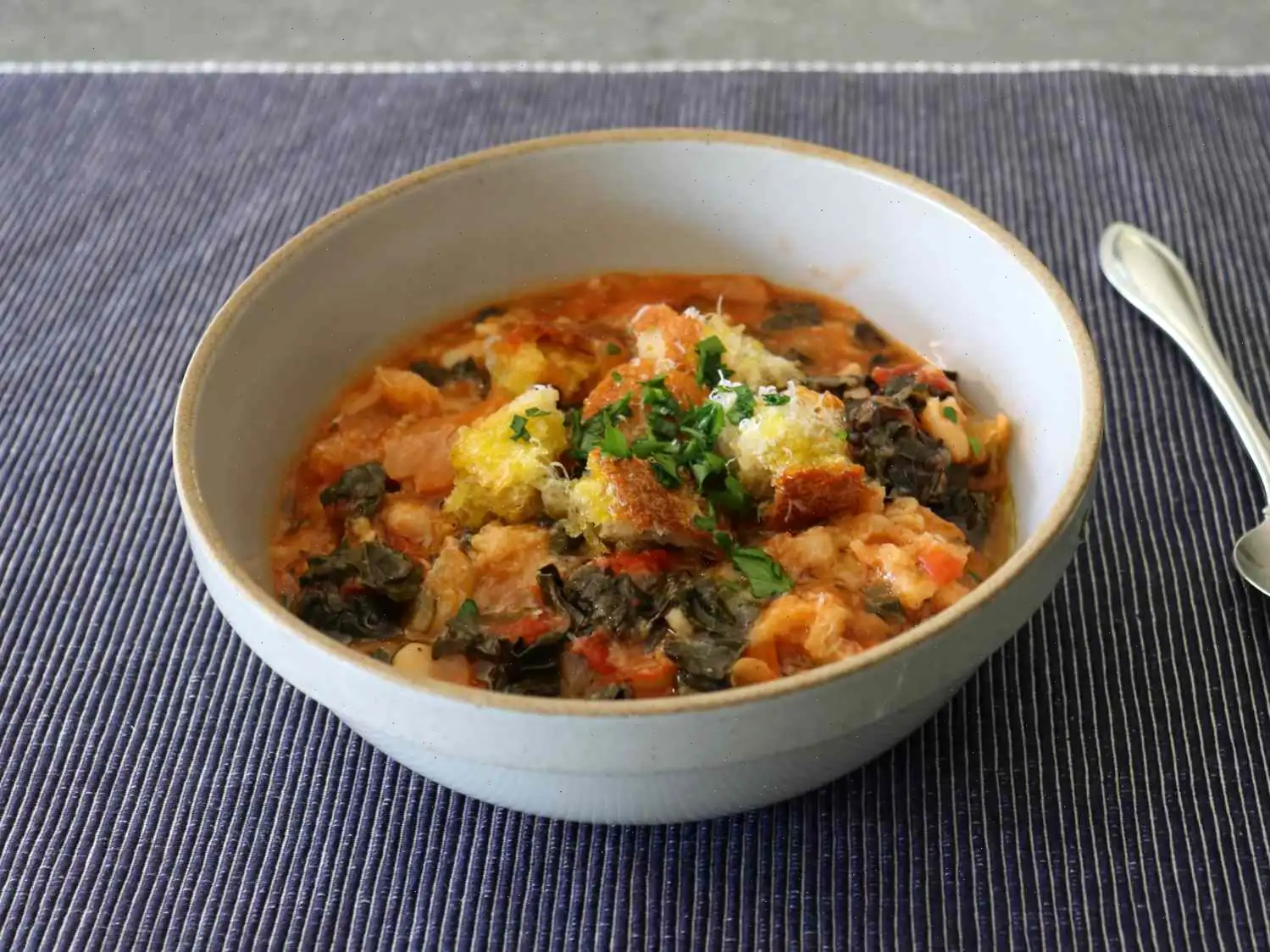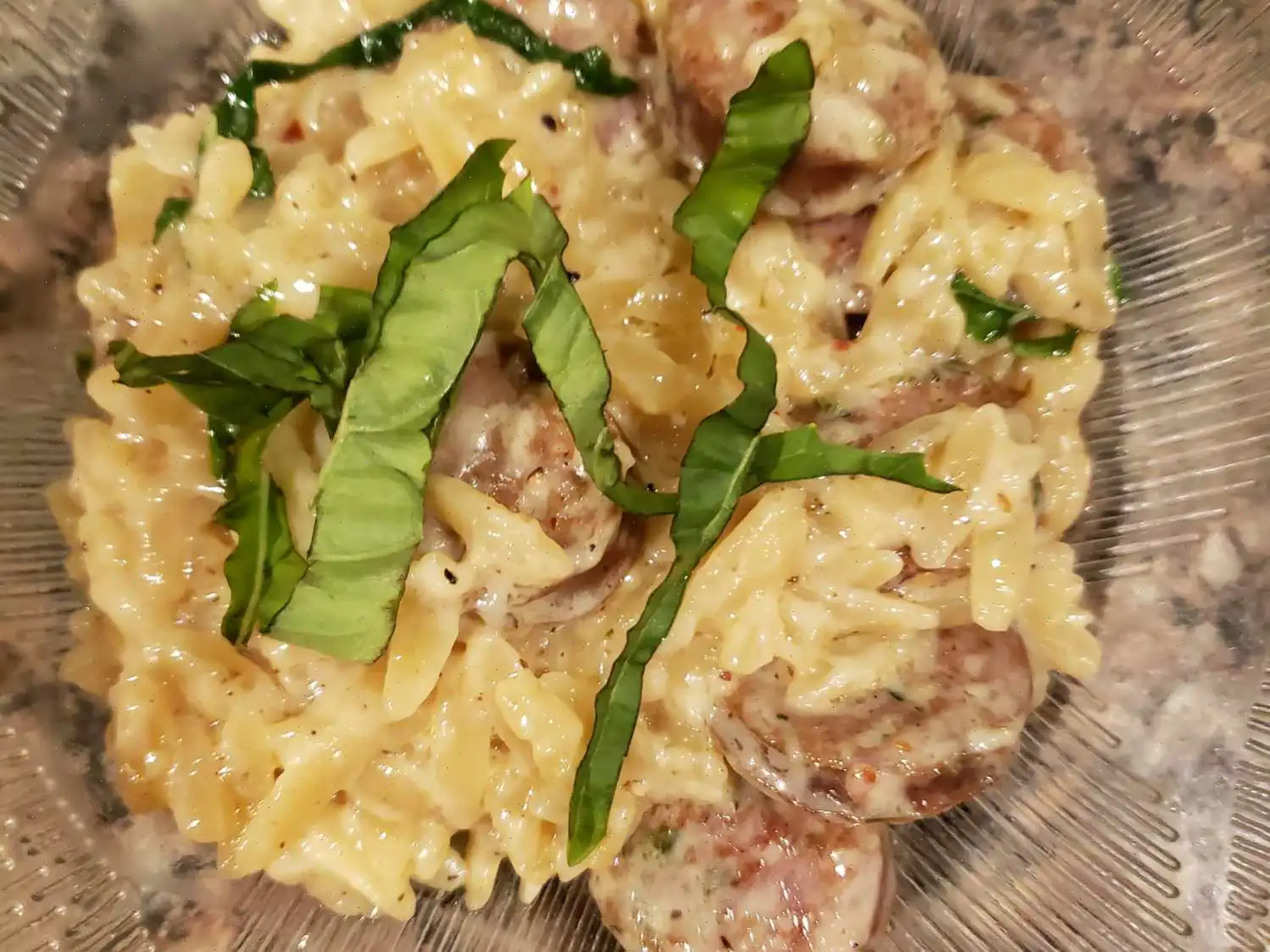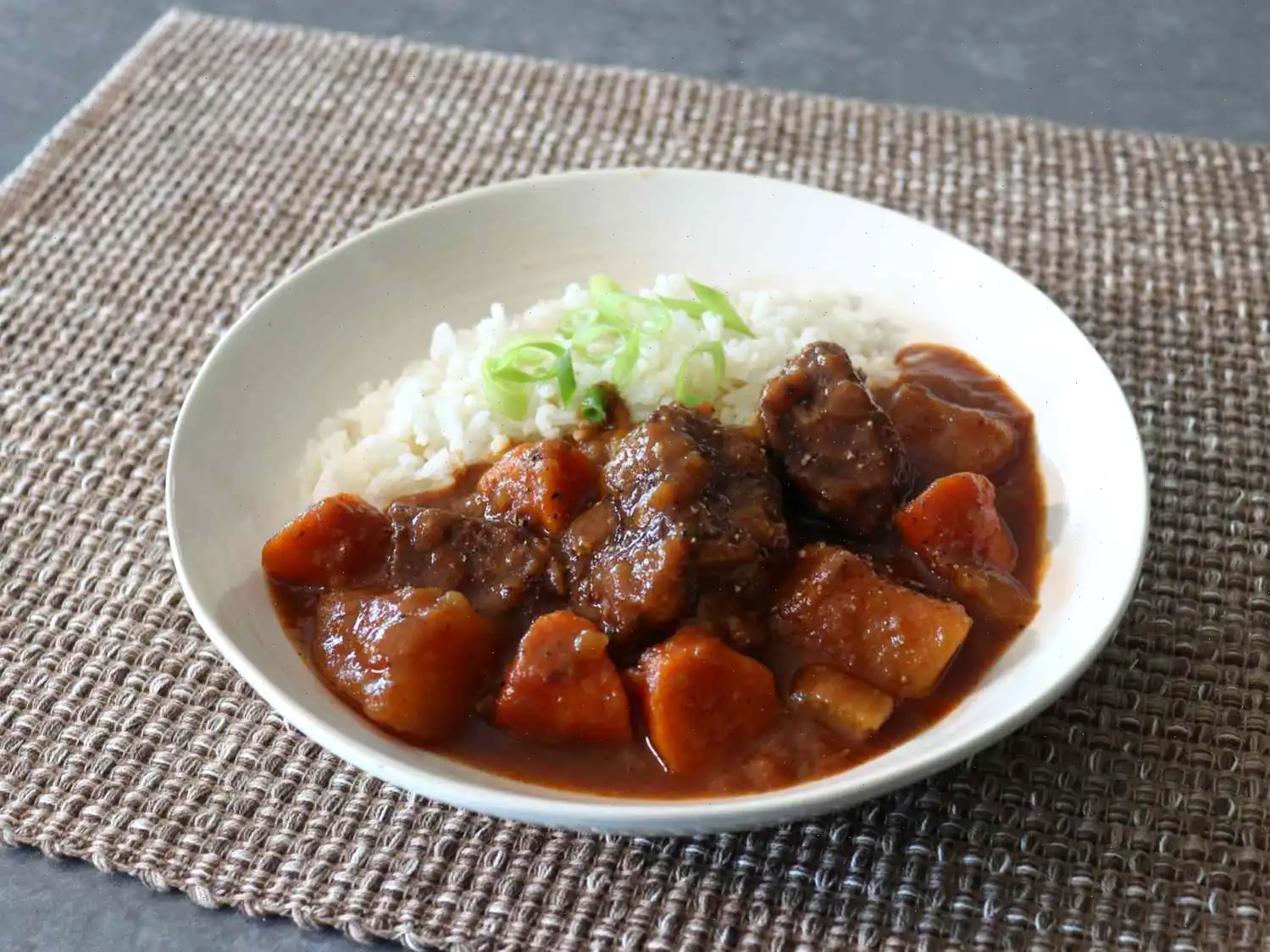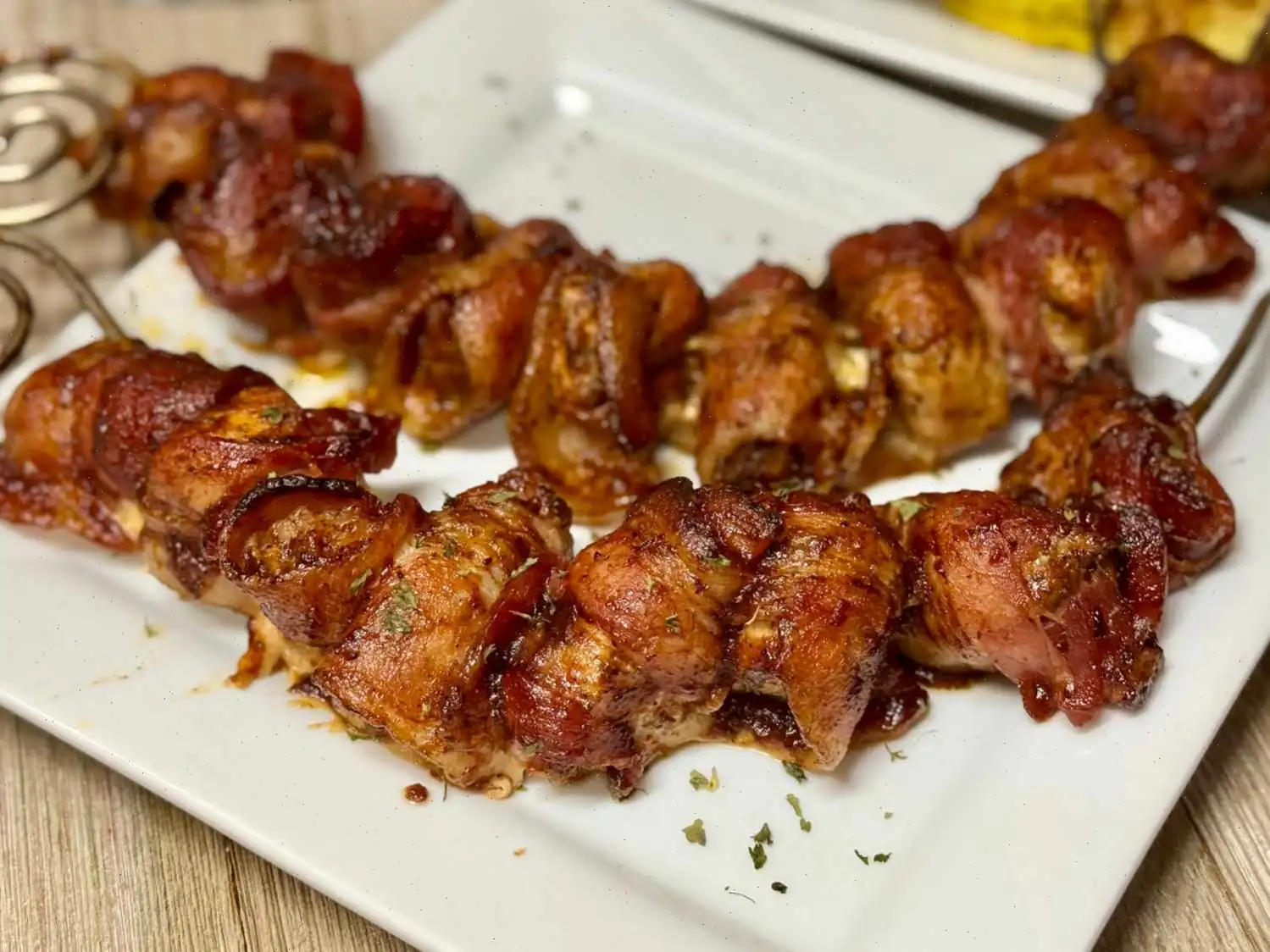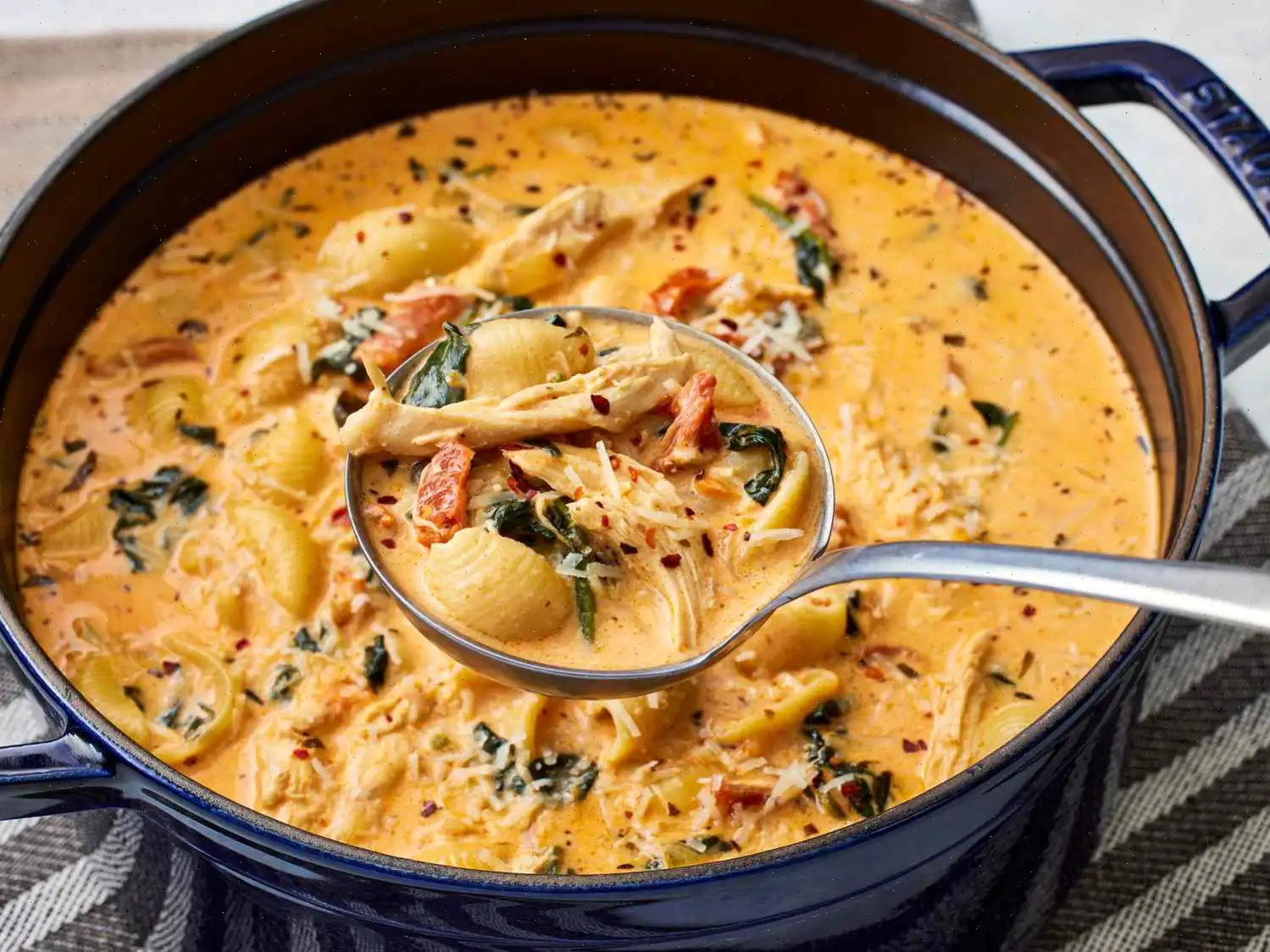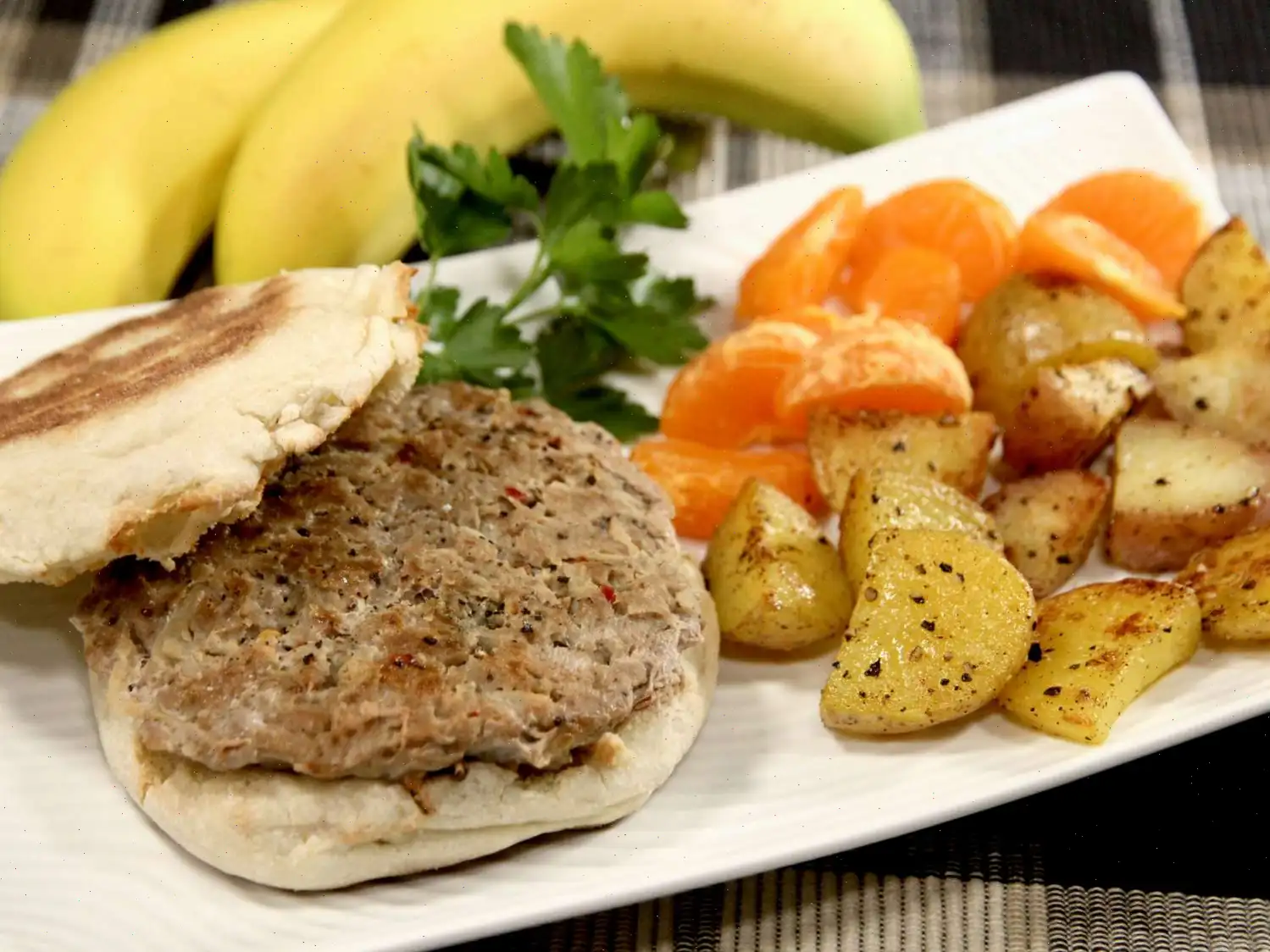
Ribollita (Tuscan Bread Soup) Recipe
Ingredients
This recipe yields 6 servings. Adjust quantities as needed, but cooking steps and times remain consistent.
Bread
- 1 clove garlic, sliced
- 1 pinch salt
- 1/4 cup olive oil
- 1 loaf Italian bread (about 1 pound)
Soup
- 2 (15 oz) cans white cannellini beans, drained
- 1 (28 oz) can whole peeled San Marzano tomatoes
- 2 tablespoons olive oil
- 1 carrot, diced
- 2 celery ribs, diced
- 1 small yellow onion, diced
- 3 cloves garlic, minced
- 1/4 teaspoon dried oregano
- 1/4 teaspoon dried thyme
- 1/4 teaspoon dried rosemary
- 1 bay leaf
- 4 cups chicken broth
- 1 1/2 cups water
- 2 large bunches kale, ribs removed, roughly chopped
- 1/4 cup chopped Italian parsley, plus extra for garnish
- 1/2 teaspoon freshly ground black pepper
- 1 pinch cayenne
- 1 1/2 teaspoons kosher salt, plus more to taste
- 1/4 cup grated Parmigiano Reggiano, plus more for serving
- 3 tablespoons white wine vinegar or fresh lemon juice, to taste
Directions
- Preheat your oven to 300F (150C). In a mortar or small bowl, crush the garlic with salt and stir in olive oil. Set aside.
- Tear the bread into 2-inch pieces and arrange on a baking sheet. Drizzle with garlic oil and toss to coat evenly.
- Bake for 25-30 minutes, until the bread is dried and edges are crisp.
- In a mixing bowl, mash one can of beans with a potato masher until almost smooth. Add the canned tomatoes and mash them into small pieces. Set aside.
- Heat 2 tablespoons olive oil in a soup pot over medium-high heat. Saut onions, carrots, and celery with a pinch of salt until the onions become translucent, about 4 minutes.
- Add minced garlic, oregano, thyme, rosemary, and bay leaf. Stir and cook for 1 more minute.
- Pour in the chicken broth and use 1/2 cup water to rinse the tomato can, adding it to the pot. Bring to a simmer over high heat, then reduce to medium-low and simmer for 10 minutes.
- Increase heat to high. Once boiling, stir in the kale and cook for about 5 minutes, stirring occasionally.
- Add parsley, the remaining can of beans, the mashed bean-tomato mixture, black pepper, and cayenne. Rinse the tomato bowl with 1 cup water and pour into the soup.
- Stir in half of the toasted bread and 1/4 cup Parmesan cheese. Mix well, then reduce heat to medium and simmer until the greens are tender, about 15 minutes.
- Taste and adjust seasoning with more salt if needed. Turn off the heat and add the remaining bread on top, pressing some into the surface with a spoon or spatula.
- Ladle the soup into bowls. Top with the remaining toasted bread, extra Parmesan, red chili flakes, chopped parsley, a drizzle of olive oil, and a squeeze of fresh lemon juice if desired.
Nutrition Facts (per serving)
- Calories: 623
- Fat: 19g
- Saturated Fat: 3g
- Cholesterol: 7mg
- Sodium: 1508mg
- Carbohydrates: 90g
- Dietary Fiber: 16g
- Sugars: 10g
- Protein: 27g
- Vitamin C: 103mg
- Calcium: 366mg
- Iron: 9mg
- Potassium: 1669mg
*Percent daily values are based on a 2,000 calorie diet.
The Rich History of Ribollita
Ribollita, literally meaning "reboiled," is a classic Tuscan bread soup with roots in the peasant cuisine of central Italy. Its origins trace back to the Middle Ages when farmers and laborers needed hearty, economical meals that could stretch over multiple days. Leftover bread, combined with beans, vegetables, and olive oil, became the foundation of this nutritious dish. The name reflects the traditional method of reheating the soup multiple times, allowing the flavors to deepen with each boiling.
Regional Characteristics
Tuscany, particularly Florence, Siena, and the surrounding countryside, is where ribollita thrives. Regional variations often depend on seasonal vegetables and local bread types. Kale, cavolo nero, and beans are staples, but some areas may include potatoes, carrots, or Swiss chard. Unlike other Italian soups, ribollita is intentionally thick, almost stew-like, highlighting Tuscanys rustic culinary style.
Distinguishing Ribollita from Similar Dishes
While many Italian soups incorporate beans and vegetables, ribollita is distinct in its use of stale bread as a thickening agent. Unlike minestrone, which is lighter and broth-based, ribollita is dense and hearty, often requiring a spoon rather than a ladle to serve. Its reboiling process differentiates it further, creating a deep, savory flavor profile that is more intense than typical vegetable soups.
Typical Serving Occasions
Ribollita is traditionally served as a main course during lunch or dinner, often in rustic trattorias or family kitchens. It is especially popular in autumn and winter when hearty, warming dishes are preferred. Street markets and festivals in Tuscany may also feature ribollita as a showcase of local culinary heritage. Its leftovers are treasured, as the second day is considered even more flavorful than the first.
Interesting Facts About Ribollita
- Ribollita was considered a poor man's food but has become a symbol of Tuscan culinary tradition worldwide.
- The use of day-old bread was originally a practical choice, reflecting a zero-waste approach common in historical Italian cooking.
- Some recipes include a splash of red wine vinegar or a squeeze of lemon at the end to enhance the soup's flavor complexity.
- In 2018, ribollita was officially recognized as a traditional Italian product, highlighting its cultural significance.
- The soups texture varies greatly depending on how long it is reboiled, from chunky and rustic to smooth and creamy.


